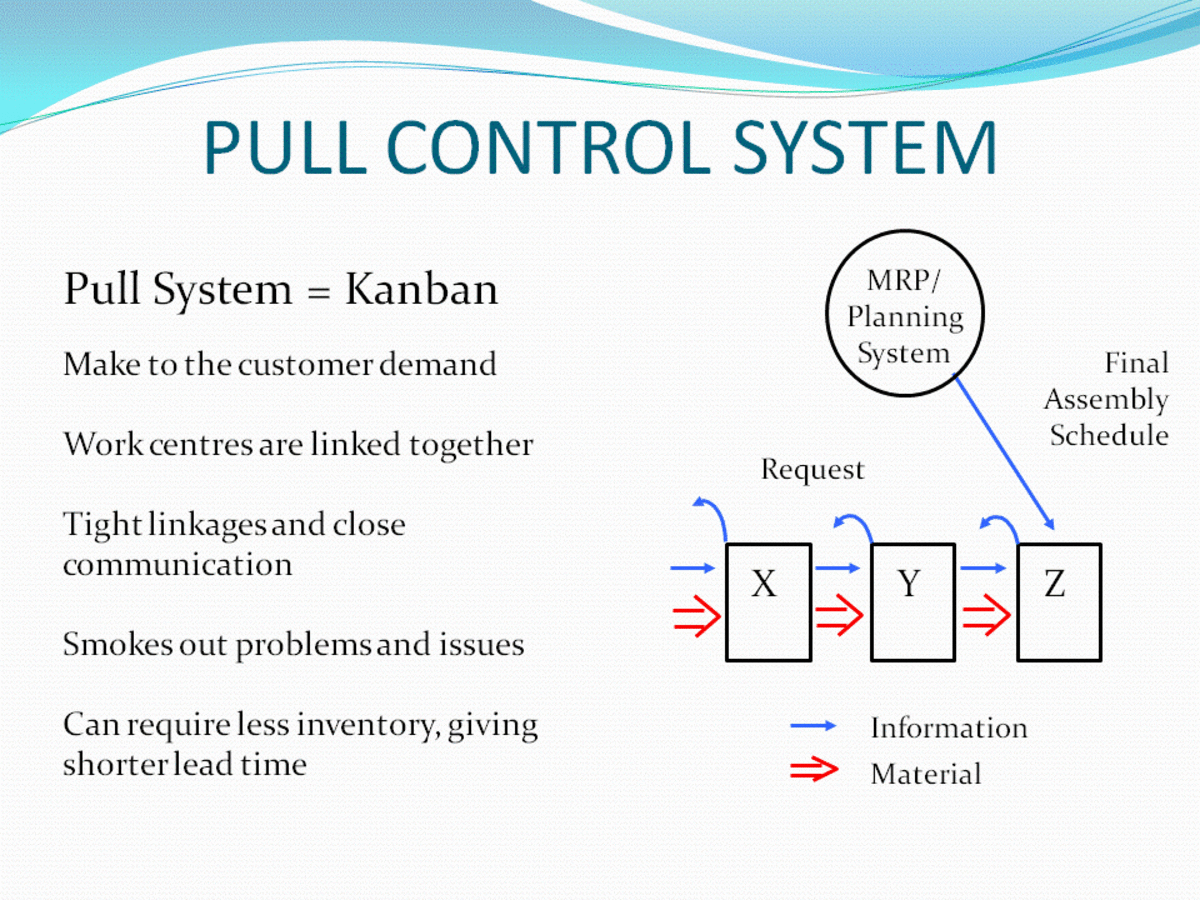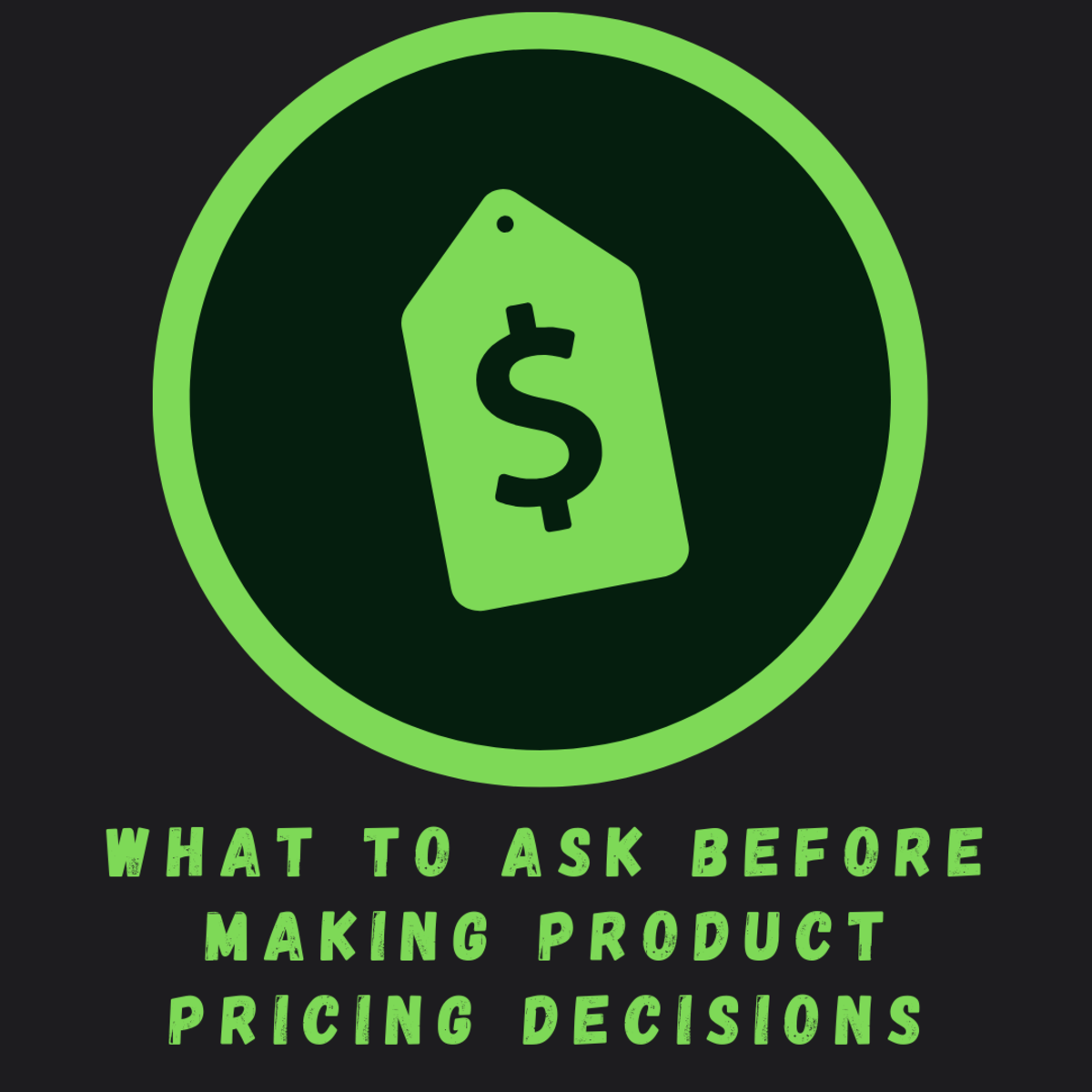Evaluate Your Distribution Channels

Wise Choices Bring the Best Value
Even the smallest manufacturer has to determine what is the best way to get their product from the shelf to the end user. The right decisions will make the difference between profitability and bankruptcy. Everyone along the way gets their slice of cheese and there has to be enough to make it to the end user. But there is a balance between being able to market to the potential and comparing that cost to the cost of a huge external or internal sales force. Of course the internet has put a great new twist into the evaluation for all kinds of products.
Distribution Costs
What goes in to determining distribution costs? ABC form of accounting (activity based costing) can break out individual component costs every step of the way. Let's consider one of the most simple concepts and evaluate it along the way. I have a recipe for our family's special fudge. Let' say I decide to start marketing it as Family Fudge. All of the costs of buying the sugar, the electricity, pots and pans, knives to cut it up, and labor are all kept in manufacturing costs.
There are arguments as to where the costs of packaging should fall - in manufacturing or distribution, because depending on the customer it may go into a 2 or 5 pound tin, then sit on the counter until someone walks in and buys it. Or it may go into a tin, then 10 tins may go in a case, then that case may get shipped to a customer in Iowa to one family that loves our fudge. Or maybe one tin gets put in a case then shipped to the end user that ordered online. There is also the possibility that a case of 10 tins is shipped to a store in Arkansas where they are put on the shelf and sold retail there. Or finally, what about the single 50 pound box of finished product that is shipped as a block to the company in Frisco to be cut into chunks and sold by the pound.Then there is the grocery store chain that I have a contract to make 10, 5# slabs of product, place them in a case and ship whole every week to each of their locations at a fixed price based on the cost of manufacturing plus the base cost of sugar on the world market.
Obviously there are a lot of ways for my Family Fudge to make it to the end consumer. What is best? It will take a little calculation to know for sure. Maybe the best answer is, NO ONE WAY.
The least cost per pound of fudge to ship is the last one. The container is the least expensive and the most product per shipment gets out the door. The cost to ship may be the same as 50 pounds shipped in tins in a case - but that means 10 or 25 fewer decorative tins I didn't have to buy, inventory, clean, fill or seal.
How do I get the orders for the different options? As it turns out, the bulk sale is handled by our independent confectionery salesman that I have to give a significant discount to (or cost to my bottom line) in order to make it worth his while to sell for me. The case of 10 5# tins that was shipped to the salesman as gifts to his customers was sold at full retail - but that was from a printed catalog I had sent out to thousands of people on a mailing list I paid big bucks for.
I sold the grocery chain one day while on vacation at the beach. I was teamed up with the buyer for one of the stores on a golfing 4-some and brought a little bit of fudge with me on the outing. He loved the fudge - we developed a cost plus contract and the rest is history.
We still have our own store/manufacturing site where we sell everything retail - even the trimmings are sold for only a small discount from full price. ABC puts some cost on the floorspace for the showroom, including air conditioning and lighting - and the employee that has to ring up the sale and keep the shelves stocked.
So Which Is Best
I hope you followed all the different ideas there. Direct sales, indirect third party sales, indirect catalog sales, direct internet sales, all with their associated costs. Packaging, shipping cost per unit, advertising, inventory and loss are all calculated by distribution plan.
Depending on how much technical knowledge and support is required for your product, the application can change. In the case of fudge, a genuine desire to eat something sweet that has a favorable flavor may be the only draw required. Determining which screw should be used on which titanium plate in a craniotomy would probably require a little more support. So getting the correct level of knowledge and support will have a cost - but the price will be likewise much higher.
Control
One often forgotten important consideration of distribution channel is maintaining control of who gets it, and just as important, who doesn't.
Some companies will only allow their direct salespeople to sell or represent their products to the end user/consumer. In these cases there is more likely the potential for some form of liability back to the manufacturer. I have been involved in air supply products and spinal implant surgery products that both required special training prior to being able to market. Volume, access, and contacts are key as to who you do these deals with.
Control is less with indirect sales of bulk to third parties - but also the cheapest means to get volume shipped. Always a balancing act.
The point I hope you garner from the exercise above it at least to consider your possibilities as to how to get your product to market, apply the costs, check to see your pricing is correct, and make some money!
The Inventurist









